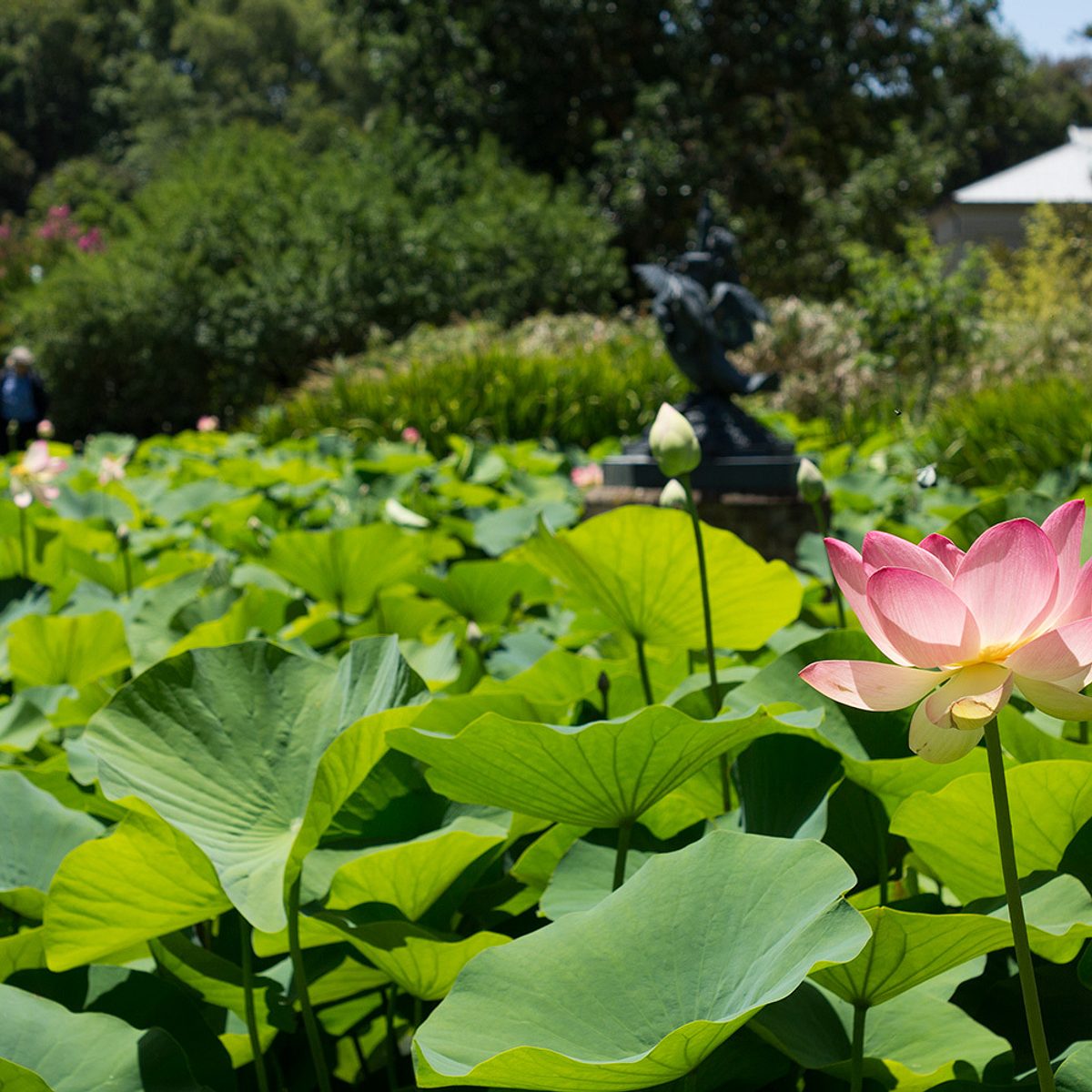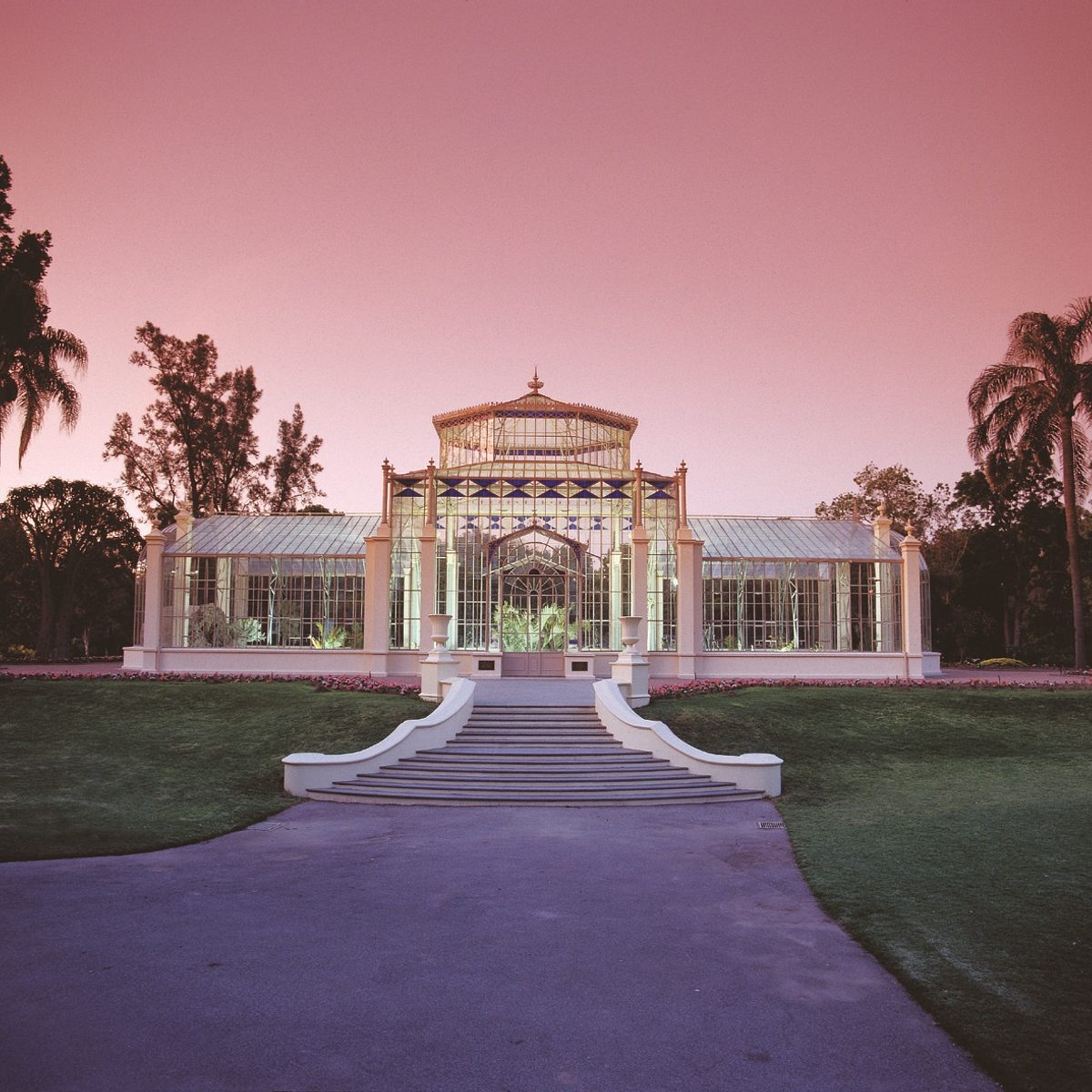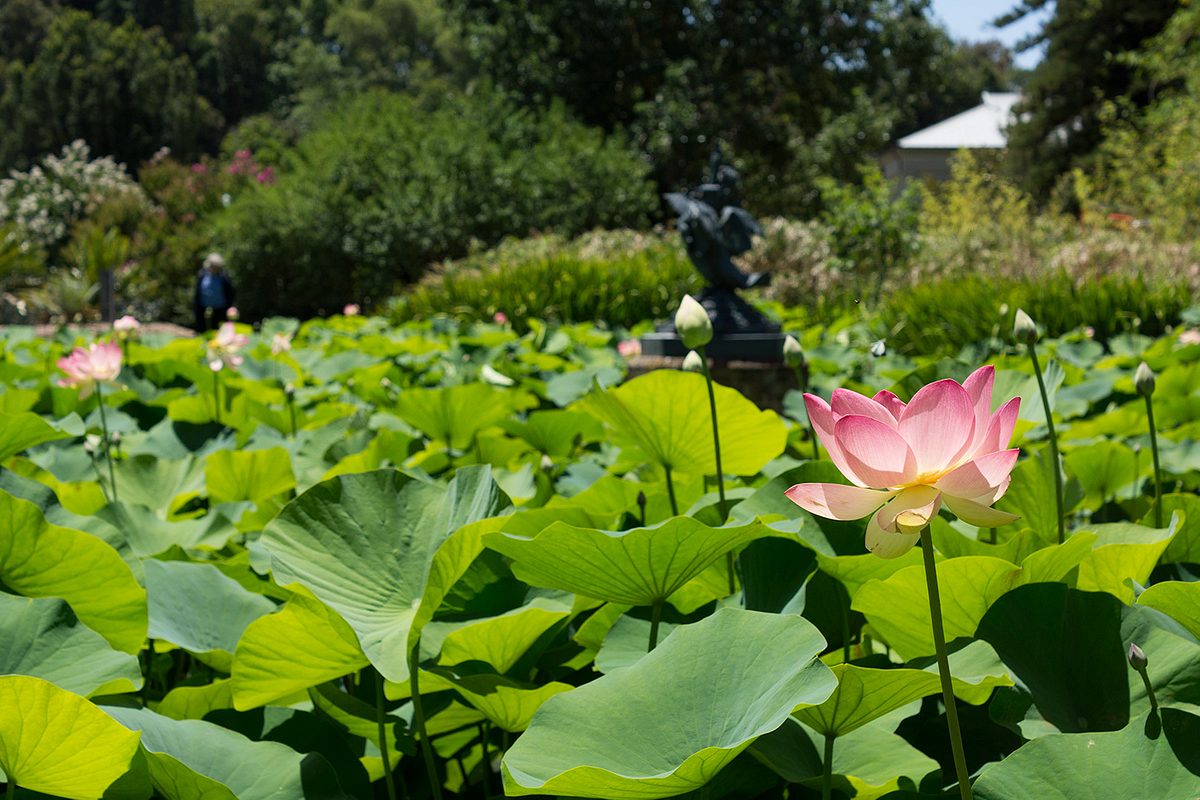



Located in the western part of Adelaide Botanic Garden next to the Ginkgo Gate, the Garden of Health demonstrates the use of plants to heal and promote health and wellbeing in western and non-western cultures. Visitors will get a sense of how this use has developed over time, from the Neolithic period to present medical science and pharmacology.
Over 2,300 plants from 257 species show the diversity of plants that have assisted with healing the body, mind and soul for thousands of years.
The Garden of Health is divided into two sections; the northern side, the Garden of Contemplation, focuses on wellbeing and encourages contemplation and reflection, while the southern side, the Garden of Healing, is about disease prevention and the treatment of illness.
The Garden of Contemplation has three thematic garden beds. They’re designed to aid in the rehabilitation process by promoting a healthy lifestyle, encompassing the importance of food, exercise, pleasure and social connectivity.
“Orchard of Earthly Delight” – wholesome and natural edible plants within a healthy diet. These are derived from traditional diets of western, non-western and Indigenous cultures.
“Garden of Mind’s Ease” – aims to produce a positive psychological effect by assisting to stimulate, calm, relax and aid with sleep, as well as relieving anxiety and the pressures of mental illness.
“Tranquil Garden” – designed to appeal and revitalise the senses, inspiring hope in times of stress and change.
By strengthening connections with friends, family, the community and nature, the Garden of Health aims to improve the quality of life for everyone during their time of healing.
The Garden of Healing conceptualises the use of medicinal plants from eastern and western cultures.
Species from Middle East and Northern African regions, China, India, Indigenous Australia and North and South America have been gathered to form a collection rich in diversity that specialises in healing properties. Themed garden beds have been designed to represent these cultures, as well as western culture, represented by a themed garden bed incorporating medicinal plants from Europe.
The Garden of Healing demonstrates the historical contributions of plants for over 60,000 years, as well as the importance of plants in pharmaceutical discovery and modern medicine. The Garden of Healing is also a necessary platform to aid the understanding of defensive and remedial plant properties for the future.